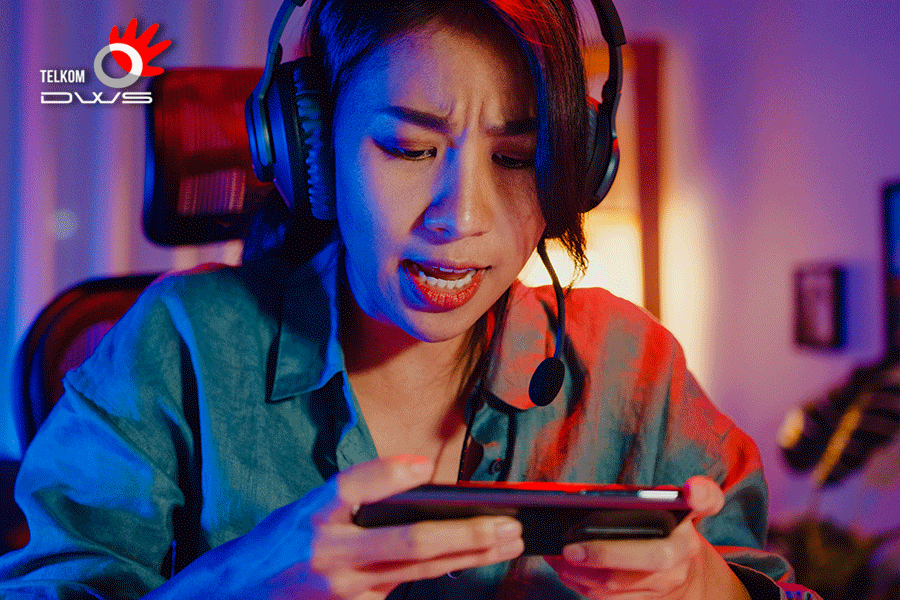06 October 2021
Cloud Gaming’s Past, Current, and Future Prospects
Playing AAA games released in the past 5 years on a low-budget device may sound nonsensical, but what if we told you that it is actually possible? The relatively new invention “Cloud Gaming” is here, and it’s about to change the way we play. With cloud gaming, gamers don’t need to buy a fancy, cutting-edge hardware with super-fast CPU and latest GPU to experience premium gaming. All they need is a device with a decent internet connection, and the cloud will do the rest for them.
What is Cloud Gaming?
Just as the name suggests, cloud gaming is gaming with cloud technology. Basically, a player controls a machine remotely through an internet-connected device. The machine then plays the game for the person, and then the game itself is broadcasted in the form of a video for the player to stream. It’s like streaming Let’s Plays on YouTube, but instead of watching people play the game, you become the player yourself. This is why cloud gaming doesn’t require you to have a high-end gaming PC or laptop.
Although cloud gaming is still a developing technology, the idea is probably much older than you think. Cloud gaming has been with us since the late 2000s. One of the first pioneers in giving cloud gaming services would be OnLive, which was launched in mid-2010. Unfortunately, the technology at the time wasn’t capable of supporting the service, creating input lags. The company also experienced internal problems, and Sony bought OnLive in 2015 before shutting it down only weeks after acquisition.
Current States of Cloud Gaming
With developments of technology and internet connectivity, however, cloud gaming services become more and more available, especially in parts of the world where bandwidth isn’t much of a problem. Ever since then, the bandwagon of cloud gaming services began its journey. In October 2015, GeForce Now launched its beta version. A cloud gaming service began in Indonesia in 2017. Google Stadia and Xbox Cloud Gaming followed in 2019. GeForce Now then started going public in 2020.
However, despite technological advancements and the rising number of cloud gaming services, there are still several problems that cloud gamers experience in 2021. The first, classic problem is latency. Second, although audio relay isn’t much of a problem, video quality may only be limited to 360p to 720p, which can be troublesome for FPS/TPS games. Also, cloud gaming requires a stable, fast internet connection ranging from at least 10-50 Mbps. Many parts of the world simply haven’t had this privilege yet.
Future Prospects of Cloud Gaming
Currently, the best experience of cloud gaming can only apply to single-player, story-mode games. Several reviewers who tested cloud gaming for competitive games reported drops in FPS and picture quality. However, this may change really soon. With 5G being developed in many parts of the world, it will come with overall much improved internet speed ranging from 100 Mbps to 20 Gbps. When 5G infrastructure can support everyone anywhere, the current issues we now have with cloud gaming will be no more.
As for business prospects, the future of cloud gaming is bright. In Indonesia, the popularity of video game has been significantly inclining over the last decade. Among 200 smartphone users in Indonesia, 50 million played Mobile Legends in 2018, while 100 million actively played PUBG Mobile in May 2021. The numbers show that Indonesia’s enthusiasm for gaming is high. Unfortunately, not a lot of Indonesian gamers have high-end hardware. Cloud gaming, however, can bridge the gap and allow Indonesian players to get new, cloud-based gaming experience.
Is this information helpful?
